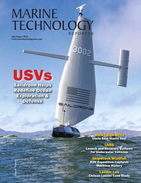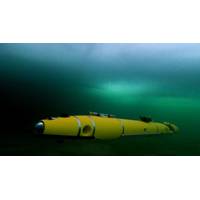
SeaMe Project to Leverage AUVs, AI to 'Stand Watch' in Offshore Wind Farms
for sound ecological analyses, providing valuable insights into the living conditions within the waters of wind farms.In addition, researchers are developing an AI-based video monitoring system that will enable the AUV to detect fish and marine mammals. This technology uses machine learning and image processing, allowing the robot to continuously improve its ability to identify marine life. AI-based image analysis aims to replace invasive and CO2-intensive methods such as trawling, and provide accurate, continuous in-situ monitoring of marine life without disturbing their habitats.The RWE Kaskasi offshore

Voyis Vision System Certified by BV
without additional in-field verifications, simplifying and expediting operations in varied underwater environments.Each Discovery Stereo unit produces clear, high-resolution 3D reconstructions in real-time. With high-resolution global shutter sensors, a distortion-free dome viewport and advanced HDR image processing algorithms, the Discovery Stereo Vision System captures precise and accurate datasets even in dynamic underwater conditions. These advances, along with optimized stereo baseline spacing and precise camera synchronization, make the Discovery Stereo a top choice for complex underwater inspections
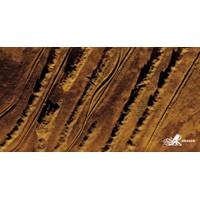
Kraken Joins Forces with US Navy for SAS Sensor Research
(NUWC) in Newport to conduct joint research into advanced signal processing techniques for the current and future generation of Synthetic Aperture Sonar (SAS) sensor technologies.The cooperative research and development agreement signed between the parties also includes exploration into enhanced image processing techniques such as data fusion, image registration, multi-spectral image enhancement and automated target recognition.Kraken Robotics has engaged in several similar R&D agreements with U.S. government agencies since 2012, including NUWC Division Newport, NOAA’s Office of Ocean Exploration
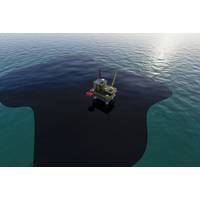
Aker BP Hires Contractor for New Oil Spill Detection Solution
at the operator’s fixed and floating installations on the Norwegian continental shelf.Aker BP will equip installations Valhall, Ula, Edvard Grieg, Ivar Aasen, Alvheim and Skarv with the new and upgraded oil spill detection solution.The upgraded, radar-based oil spill detection system uses image processing technology that enables much higher sensitivity, which allows it to detect even smaller oil spills, according to Aker BP.“The new solution has resulted in higher sensitivity, which means that smaller spills will be detected but less false alarms. It also re-uses hardware that is already
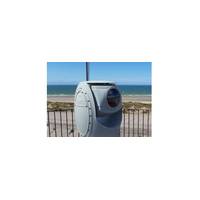
New Sensors Expected to Reduce Illegal Immigration Across English Channel
kilometers of coastline along the Nord and Pas-de-Calais region.Equipped with the CYCLOPE software, SPYNEL panoramic surveillance cameras monitor day and night over a 10-kilometer radius. The infrared sensors instantly alert police command centers if migrants are detected taking boat to sea."Image processing and artificial intelligence algorithms have been developed on the CYCLOPE software to trigger an alarm only in case of detection of groups of people near the water, to avoid false alarms and act quickly. The SPYNEL solution is ideal for this need because it allows continuous and intelligent

Kongsberg Maritime Launches ScanFuse Powered by Qii.AI
assessment and use are captured by using high-resolution single beam scanning sonars.One drawback of high-resolution scanning sonars is the requirement to splice multiple images together to create a complete image of the structure. Prior to ScanFuse, this work had to be done manually using image processing software like Photoshop. This requires an understanding of the sources of sonar image distortion associated with differences in the speed of sound in water due to temperature and salinity gradients. Image interpretation, particularly with respect to shadow, requires a significant amount of operator
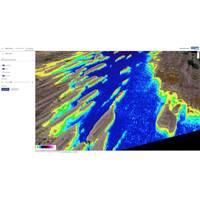
Surveying Shallow Water from Space: EOMAP Launches SDB-Online
or scientists can create high-resolution bathymetry grids 24/7, from the comfort of their desks.“EOMAP’s SDB-Online is delivering fast and accurate results without the need of ground control data, processing 10 scenes in less than one hour. The “Combine” option (multi-image processing) is a game changer in challenging locations, especially with frequent cloud cover or heavy vessel traffic”, says Véronique Jégat, Senior Geo-Data Engineer at Fugro.In addition, bathymetric power users can integrate SDB-Online via API into their own software solutions, like
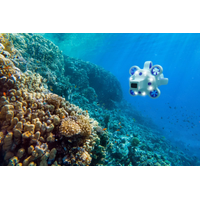
"All-in-one surveying crew ": Advanced Navigation Launches AUV Hydrus
combined the most advanced navigation, sonar, and communication capabilities of any AUV. This technology is combined with a 4K60 camera "in an incredibly small form factor.""A 4K 60 FPS camera coupled with powerful lighting ensures the highest quality video and photography. An AI image processing system dynamically balances camera settings and lighting, and compensates for turbidity, even in the most challenging conditions." the company explains."Hydrus hugely simplifies underwater data collection and inspection and overcomes many existing cost barriers. It is targeted at applicatio
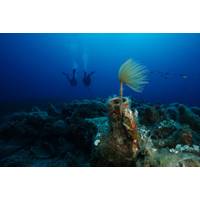
Meet NOUS: An Underwater ‘Artificial Mind’
develop over time and reduce the effectiveness of the optical system. Thus, a wiper system made for the needs of this particular housing was installed, consisting of a sealed servo motor and a cleaning arm with a rubber cleaning material. The cleaning system is fully and autonomously controlled (via image processing algorithms and optical system quality diagnostics) by the camera computer. During the design phase, the practice of 3D-printer manufacturing was followed for all components to ensure full size functionality. All images courtesy Dr. George Papalambrou, Assistant Professor, School of Naval
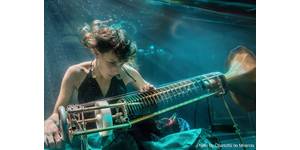
 August 2025
August 2025


